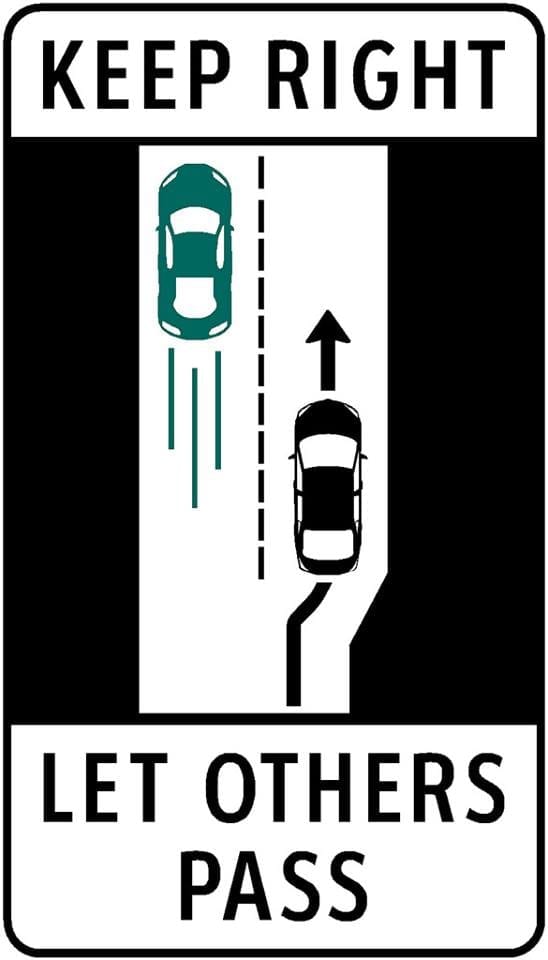Drivers who won’t move over can impede traffic and contribute to crashes. This new rule makes it clear who should travel in the left lane, and when, promoting safety on our highways, says Minister of Transportation, Todd Stone.
Drivers should think twice about hogging the left lane on high-speed highways when new rules come into effect. Legislation introduced today will make it easier for police to ticket drivers who don’t move over.
The Rural Highway Safety and Speed Review found there was significant public concern with slow drivers travelling in the left lane on high-speed highways, leading to driver frustration and aggressive driving behaviours. The Motor Vehicle Amendment Act, 2015 clarifies that drivers are to travel in the right lane, unless they are:
- overtaking and passing another vehicle,
- moving left to allow traffic to merge,
- preparing for a left hand turn,
- moving left to pass an official vehicle displaying a flashing light.
Drivers will be permitted to use the left-most lane if it is unsafe to use the right lane – for example, if the right lane is not yet ploughed or there is debris in the lane. As well, during periods of traffic congestion when the actual travel speed drops to 50 km/h or less, drivers can use all lanes.
In addition, this legislation will allow the ministry to define winter tires as those with a mountain/snowflake symbol or the M+S (mud and snow) symbol by regulation, and to more easily update the definition as tire technology changes. Updated requirements for studded tires and traction devices such as chains can also be defined in regulation.
Another change will permit local governments to permit motorcycle parking within six meters of intersections with stop signs or signals, as long as drivers’ views are not impeded. This will allow more efficient use of space that is not large enough for a car.
Chief Neil Dubord says, drivers who block the left lane increase the risk caused by aggressive drivers who will pass on the right or tailgate. This change provides clarity to police officers who will enforce the requirement for vehicles to travel in the right lane.
Quick Facts:
- The legislation means drivers cannot use the left-most lane of a highway with two or more lanes of traffic in the same direction and having a posted speed limit 80 km/h or greater, unless they are performing a specified action set out by the Act.
- The left-most lane does not include bus lanes or HOV lanes. On Highway 1 through Burnaby, for example, the left-most lane is the one next to the HOV lane.
- When there is little traffic, and no one is approaching from behind, a driver can travel in the left-most lane. This allows drivers on four-lane highways in rural areas to keep a greater distance from the road sides where there may be wildlife.
- This legislation allows for drivers to move to the left lane if they are passing a stopped official vehicle displaying red, blue or yellow flashing lights, such as police cars, ambulances, tow trucks and highway maintenance and construction vehicles.



